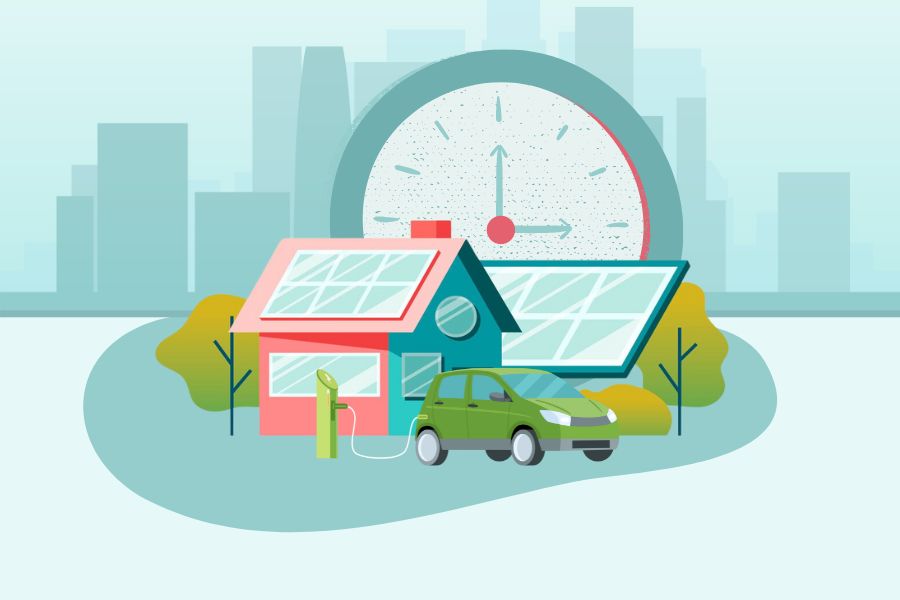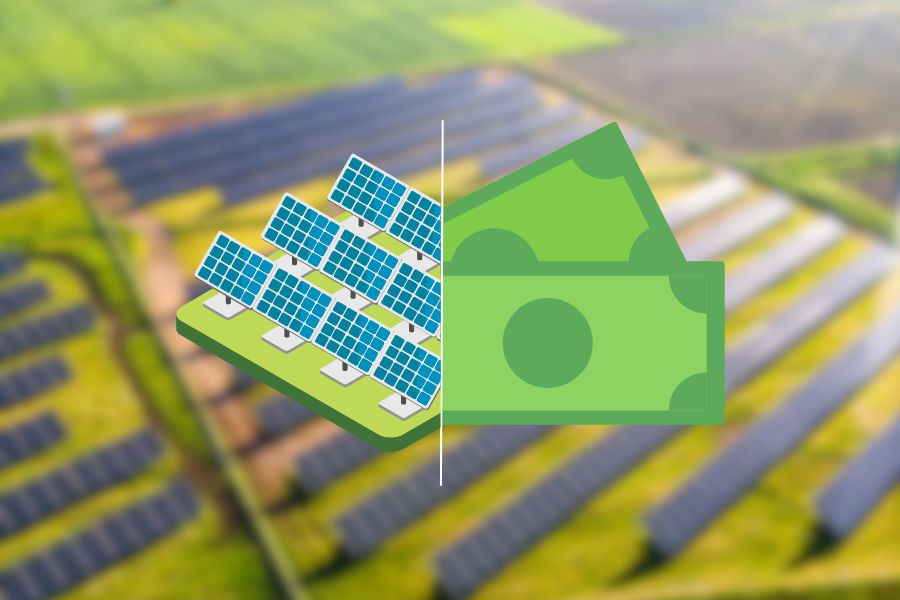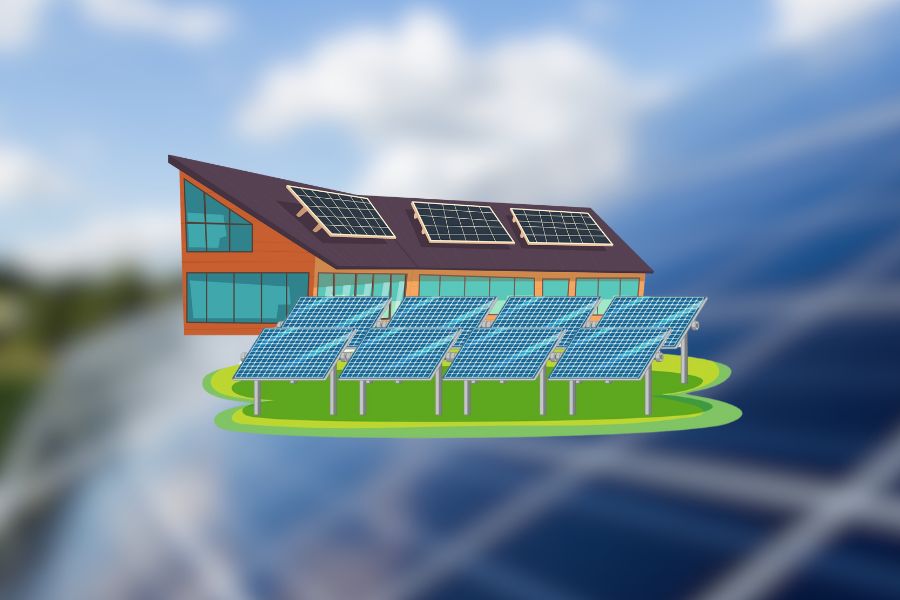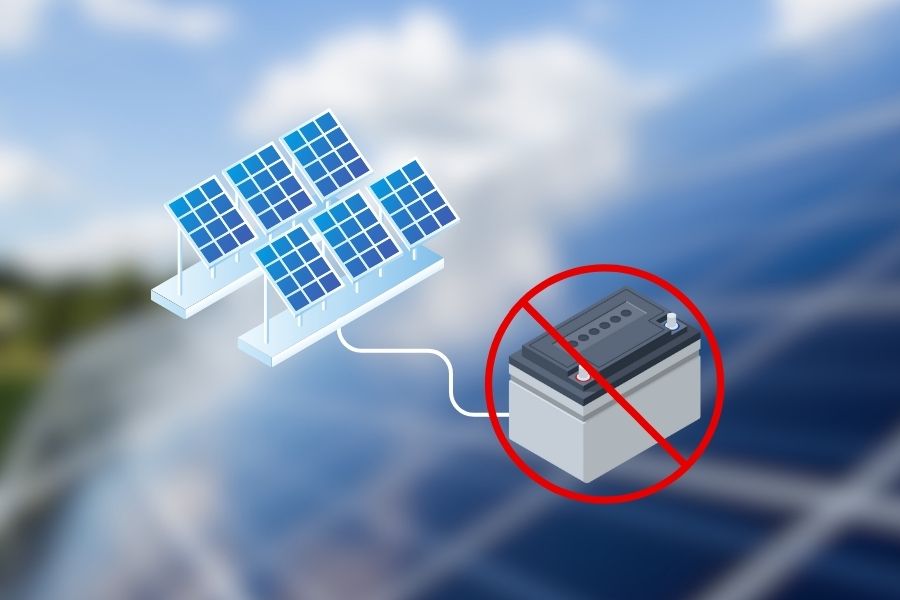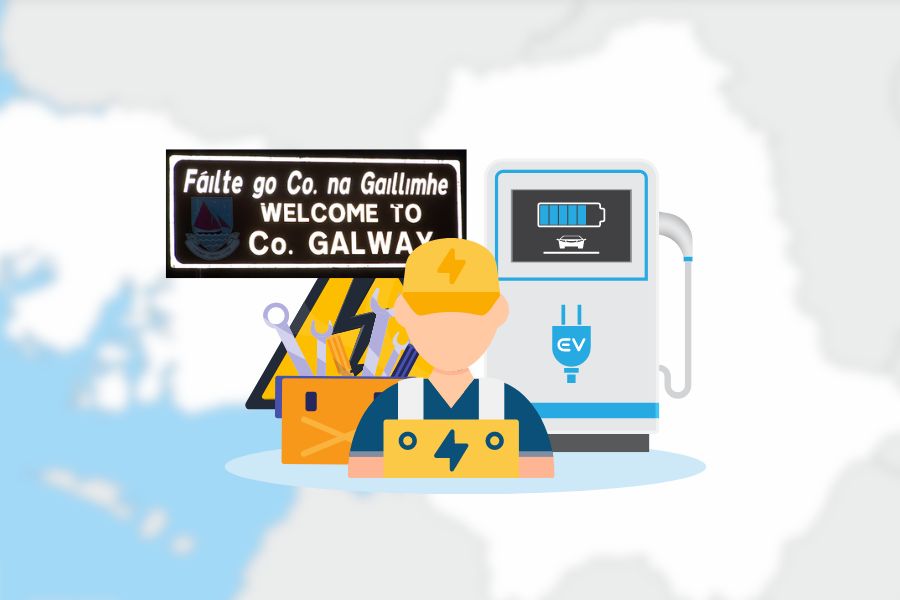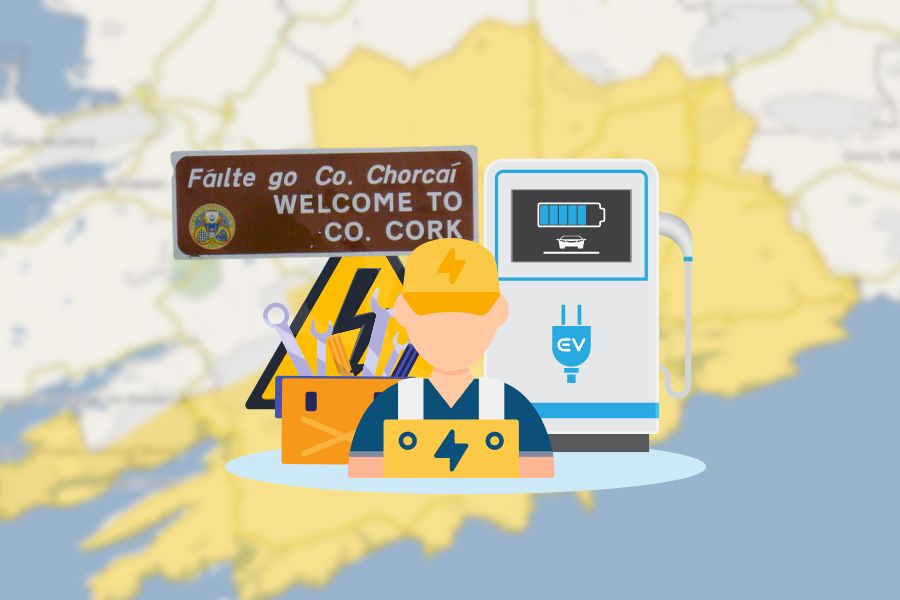The optimal period to charge your electric vehicle (EV) with solar panels is during peak sunlight hours. Harnessing the maximum solar output ensures efficient energy utilization, reducing grid dependence.
You can maximize your renewable energy source by aligning your EV’s charging routine with the sun’s peak performance. This synergy not only optimizes power consumption but also maximizes your solar investment.
What’s the Energy Consumption Pattern of EVs in Ireland?
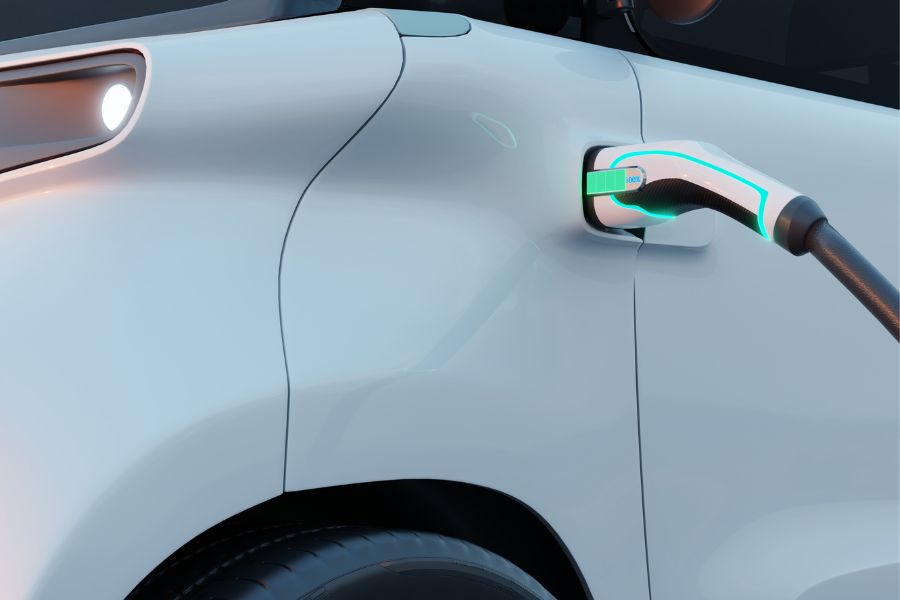
The specific energy consumption patterns of EVs in Ireland would depend on several factors including, but not limited to, the number of EVs on the road, the type and efficiency of those EVs, the availability and capacity of the charging infrastructure, and the sources of electricity used to charge them. However, I can give you a broad overview of the situation as of that time:
- EV Adoption: Ireland has seen a surge in the adoption of EVs in the years. This was partly due to national targets and incentives to increase EV ownership, aiming for a significant portion of the vehicles on the road to be electric by 2030.
- Charging: Most EV owners in Ireland, like many other countries, did most of their charging at home during off-peak hours, typically overnight. This off-peak charging can help balance the load on the electrical grid.
- Grid Electricity: Ireland has been investing in renewable energy, particularly wind. Thus, while the energy consumption of EVs might be increasing, the carbon intensity of the energy they consumed was on a downward trend, especially as more renewable energy sources were integrated into the grid.
- Vehicle Efficiency: Like all EVs, the energy consumption of an EV in Ireland would depend on its efficiency. Typically, EVs consume 15-25 kWh per 100 km of electricity, but this can vary based on the model, driving conditions, and other factors.
- Driving Patterns: Urban driving with frequent stops and starts can consume more energy than steady-speed highway driving. As in many countries, the energy consumption of EVs in Ireland would vary based on driving conditions and habits.
- Infrastructure Growth: As more fast-charging stations were deployed around Ireland, the energy consumption patterns would shift slightly, with more people charging during the day or on long trips.
What is the Best Time To Charge EV With Solar Panels?
The best time to charge your EV with solar panels is during the day, specifically when the sun is at its brightest and warmest. This ensures that you directly harness the maximum energy output from the solar panel system for your EV.
Charging during this peak sunlight period prevents draining the stored energy in your solar battery, which you might need to power your home in the evening.
Consequently, by maximizing solar energy for direct charging during the day and preserving the battery’s stored energy for nighttime home use, you can reduce or eliminate the costs associated with drawing power from the grid. This approach optimizes your solar energy setup and results in cost savings.
How Many Solar Panels Do I Need to Support EV Charging at Home?

The number of solar panels you need to support EV charging at home depends on several factors:
Driving Habits
The first step is determining how many miles/kilometers you drive daily. Let’s say you drive an average of 30 miles/day.
EV Efficiency
Electric vehicles’ energy consumption is usually measured in miles per kWh or kWh per 100 miles. An average EV might consume about 3.5 miles per kWh or about 28.6 kWh per 100 miles. So, if you drive 30 miles a day: 30 miles/day ÷ 3.5 miles/kWh = 8.57 kWh/day
Solar Panel Production
The energy production of a solar panel is measured in watts-peak (Wp) and is influenced by your geographic location and the direction/orientation of the panels. In Ireland, one can estimate around 4 hours of full sunlight per day as an average yearly. Therefore, 300 Wp solar panels generate 300 W × 4 hours = 1.2 kWh/day
Calculate the Number of Panels Needed
Using the daily consumption of 8.57 kWh for the EV: 8.57 kWh/day ÷ 1.2 kWh/day/panel = 7.14 panels. Therefore, you’d need approximately 8 panels of 300 Wp each to cover your EV energy usage.
Consideration of Efficiency Losses
There can be losses in the energy chain – from solar panel production, through the inverter, and in the EV charging process. It’s prudent to account for an efficiency loss of 10-15%. Therefore, you might want to add 1 or 2 panels to your solar panel installation to account for this.
Total Home Electricity Usage
If you’re aiming for your EV and your home’s appliances and utilities, you’ll need to figure out your home’s average daily kWh consumption and add the corresponding number of panels.
Future Proofing
Consider if you might get a second EV, if the EV battery capacity might increase, or if your driving habits might change.
Local Solar Irradiance
Solar panel output isn’t just about “hours of sunlight”, but also the intensity of that sunlight. Some areas get much stronger solar irradiance than others.
Financial and Physical Constraints
Your budget and the physical space available for your solar PV system might also determine how many panels you can install.
Should You Get a Solar Battery as Well?
Yes, getting a solar battery can be beneficial. Solar batteries store excess energy produced during the day, allowing homeowners to use it during nighttime or cloudy days, ensuring a consistent energy supply.
This stored energy can be especially useful during power outages, providing homes with a self-sufficient energy source and reducing energy bills. Financially, batteries can reduce reliance on the grid during peak times, saving on higher electricity tariffs.
Additionally, storing solar energy provides cost stability as grid electricity prices rise. Furthermore, installing solar panels with a battery can maximize the benefits of net metering and provide sell-back revenue.
Finally, advancing technologies continue to drive battery costs down, making them an increasingly viable investment for homeowners.
How Do Weather Patterns Influence Charging Decisions in Ireland?
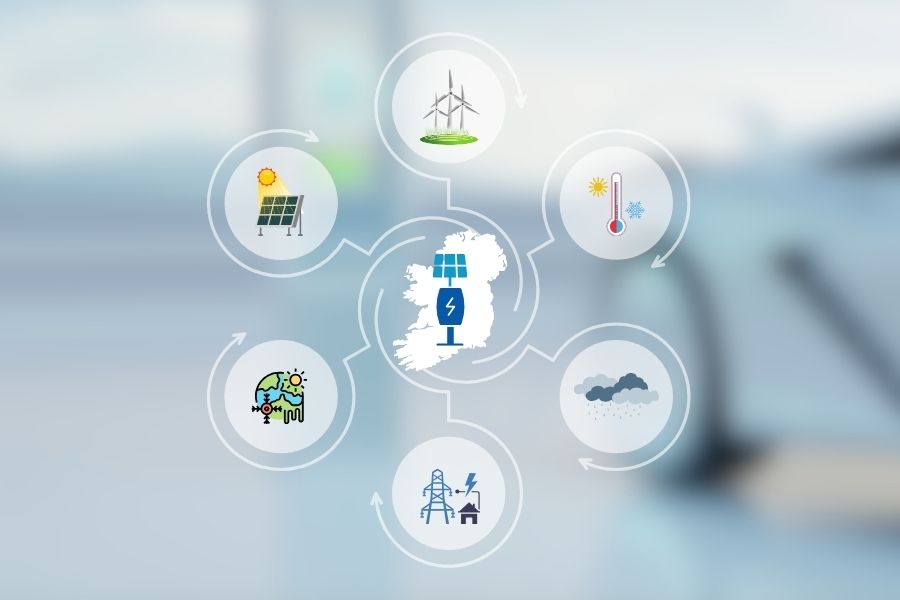
In Ireland, weather patterns can significantly influence charging decisions for electric vehicles (EVs) and the utilization of solar panels for energy:
- Solar Radiation: Ireland often has cloudy days, reducing the efficacy of solar panels. This variability can lead EV owners to depend more on the power generated from the grid, especially during prolonged overcast periods. However, during sunnier spells, there might be an opportunity to maximize solar charging.
- Wind Energy: Ireland has a significant amount of wind energy. During windy periods, the electricity grid can sometimes have a surplus, leading to lower electricity prices. Smart charging solutions can take advantage of these periods to charge EVs cost-effectively.
- Temperature: Cold weather can decrease battery efficiency and increase energy consumption in EVs due to heating needs. During colder periods, EV owners might need to charge their vehicles with solar EV chargers more frequently or for longer durations.
- Rainfall: While rain doesn’t directly influence charging, it affects driving conditions. Wet roads can decrease EV efficiency due to increased rolling resistance, leading to a slight increase in charging requirements.
- Grid Demand: On extremely cold or windy days, there might be a higher demand on the grid for heating purposes or potential grid surpluses, respectively. This can influence electricity prices and thus the ideal times to charge.
- Future Predictions: With global climate change, Ireland’s weather patterns may evolve, impacting the aforementioned factors.
Can I Use A Portable Solar Panel To Charge My EV?
Yes, getting a solar battery can be beneficial. Solar batteries store excess energy produced during the day, allowing homeowners to use it during nighttime or cloudy days, ensuring a consistent energy supply.
This stored energy can be especially useful during power outages, providing homes with a self-sufficient energy source. Financially, batteries can reduce reliance on the grid during peak times, saving on higher electricity tariffs.
Additionally, storing solar energy provides cost stability as grid electricity prices rise. Furthermore, combining solar panels with a battery can maximize the benefits of net metering and provide sell-back revenue.
Finally, advancing technologies continue to drive battery costs down, making them an increasingly viable investment for homeowners.
Frequently Asked Questions
Can I Use My Solar Battery to Charge an Electric Car at Night?
If you have a solar battery storage system, you can store excess solar energy produced during the day and use it to charge your EV at night.
Do I Need a Smart EV Charging Station if I Want to Charge My EV Using Solar Energy?
While it’s not mandatory, an intelligent EV charging station is highly recommended. It can optimize charging based on solar production, ensuring you maximize the use of your solar energy and potentially reduce charging costs.
How Does the Size of My EV’s Battery Affect Charging Times?
The larger the EV battery capacity, the longer it will take to charge. Charging time is proportional to battery size and inversely proportional to the charger’s power rating. For instance, a 60 kWh battery will take twice as long to charge as a 30 kWh battery using the same charger.
Can I Store the Electricity I Produce With Solar Panels?
Yes, you can store the electricity produced by solar panels using battery storage systems. These systems can store excess solar energy during periods without solar production, like nighttime or cloudy days.
How Much Money Can I Save by Charging My EV With Solar Power?
The savings depend on local electricity rates and solar production. Charging an EV with solar can be significantly cheaper than grid power. Over a year, this could save hundreds to thousands of dollars, depending on driving habits, solar panel efficiency, and local electricity prices.
What Is the Most Efficient Way to Charge an EV?
The most efficient way to charge an EV is to use a dedicated Level 2 home charger, which typically provides power at 240 volts. Setting during off-peak hours or when solar production is high can reduce costs. Maintaining the battery between 20% and 80% charge can enhance battery longevity.
Conclusion
In Ireland, leveraging solar power for EV charging isn’t just about chasing peak sun hours, but adapting to its nuanced climate. With often unpredictable sunny spells, mid-morning to early afternoon remains the ideal window.
However, with Ireland’s renewable strides in wind energy, a holistic approach to energy use becomes key. Battery storage systems offer flexibility, allowing evening charging from stored daytime energy.
In the unique interplay of Ireland’s sun and cloud, optimizing solar charging ensures sustainable and efficient EV use on its green landscapes.
